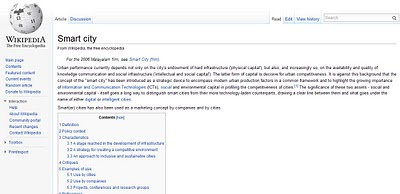Theme 2: Tsuchiura City "New C.B.D. Sports and Transportation (Railroad/Port & Harbour) Hub Area Plan"
The target of designs under this theme is the creation of a new hub area of transportation/business/residential
through refurbishment(翻新) and redevelopment of the 2 major transportation hubs of JR Tsuchiura Station and
Tsuchiura Port as well as the surrounding central business, residential and sports facilities, including water sports.
基本上就是做JR土浦站跟土浦港本身跟週遭的環境再造與翻修
Study Area /
Prior to World War II, Tsuchiura City was a vibrant(充滿活力) commercial city, being a castle town along the
Mito Highway. In the postwar period, Tsuchiura has grown into a commuter(通勤) town of Tokyo, through progressive, extensive residential development. The residential district on the east side of JR Tsuchiura Station was originally
constructed on reclaimed land(填海土地) in the harbour. In recent years, the business and residential areas adjacent(相鄰)
to JR Tsuchiura Station are undergoing redevelopment and, along with the refurbishment of the JR Tsuchiura Station’s
freight yard(貨運場), the area’s redevelopment is becoming a major issue of focus. The aim is a C.B.D. redevelopment
project on a scale of 100ha, as an applicable(適用) area for 2050, like those set in the design objectives. At present, a total population of 140,000 persons resides within Tsuchiura’s total area of 122.99 km². However, due to the low birth rates and increase of aging population, the total population of Tsuchiura is expected to decrease to 100,000 by 2050.
----------------------------------------------------------------------------------------------------------------------------------------------------------------------
Theme 4: Kasumigaura Southern Coastal Region (K.S.C.R.) "Smart Region Plan"
The target of design under this theme is the creation of a “Smart Region.” This region’s economic, social and
environmental conditions are changing significantly arising from its strategic location to the global city of Tokyo
and Narita(成田) International Airport, etc. Therefore, this region may be considered as one of the “Smart Regions”
surrounding the Tokyo Metropolitan(大都會) Region, and a design related to the development and preservation of
this area in 2050 will certainly be an important challenge for students specializing in architecture and urban planning.
Study Area /
The total area of Kasumigaura(霞浦) Southern Coastal Region (K.S.C.R.) is 782.05 k㎡ and today approximately 550,000
people live there. This Region is unique due to the co-existence(共存) of different types of development patterns;
In addition to the 3 Cities (Tsukuba City, Tsuchiura City and Inashiki City) already mentioned, the K.S.C.R. includes;
霞浦南部沿海地區(K.S.C.R.)包括以下六區
阿見町 Ami Town (2009 Population 48,000 persons (2003 wiki 47,594), area 71.39 km² (2003 wiki 64.97 km²))
Local Town with Agricultural(農業) Department, Ibaraki(茨城) Prefectural(縣) University
http://en.wikipedia.org/wiki/Ami,_Ibaraki
美穗村 Miho Village (2009 Population 18,000 persons (2003 wiki 17,445), area 66.57 km² (2003 wiki 66.52 km²))
Agricultural Community with race horse training center (unusual for a regional area)
http://en.wikipedia.org/wiki/Miho,_Ibaraki
比較了一下之後, 對於Theme2&4比較有興趣, Theme2尺度範圍比較小感覺在短時間內較好掌握,
Theme 4則是有範圍但是沒有規範所以就是大家靠創意各憑本事, 選兩個比較保險,
免得禮拜五沒人要跟我做一樣的就糗了. :)
Tien














